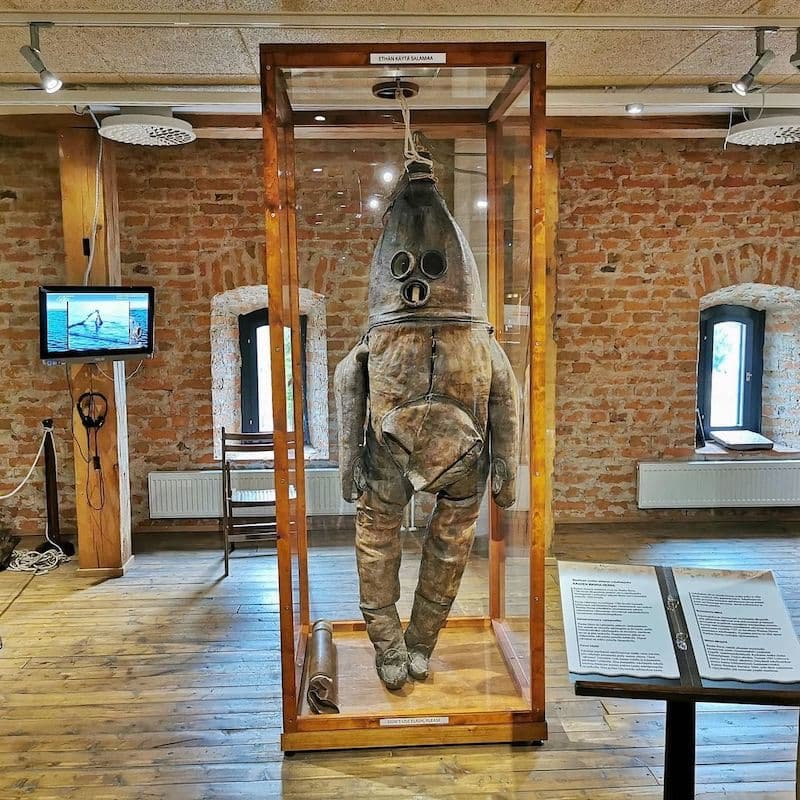
 Nick Pelios
Freediver, Creator
Nick Pelios
Freediver, Creator

 Nick Pelios
Freediver, Creator
Nick Pelios
Freediver, Creator
The exploration of the ocean's depths has captivated humans for centuries, and diving suits have played a pivotal role in enabling underwater exploration. Among these remarkable inventions, Wanha Herra, a diving suit dating back centuries, stands as a testament to human ingenuity and offers a fascinating glimpse into the history of diving. Let's embark on a journey to uncover the story of Wanha Herra, tracing its origins, examining its design and significance, and exploring its impact on the development of modern diving technology.
Centuries ago, divers relied on techniques such as breath-holding and freediving to explore underwater realms. However, the desire to extend these explorations spurred the development of the diving apparatus. Influential figures like Leonardo da Vinci and Alexander von Humboldt made significant contributions to the concept of diving suits, laying the foundation for future innovations.

The discovery of Wanha Herra in a shipwreck off the Finnish coast unveiled a remarkable artifact from the past. After its retrieval, experts conducted initial assessments and dating procedures, leading to the realization that Wanha Herra is one of the oldest surviving diving suits in the world. The suit's name, meaning "Old Gentleman" in Finnish, adds an air of mystery and reverence to its story.
The construction of Wanha Herra involved the use of specific materials and intricate techniques. Leather, brass, and copper were the key components that contributed to the suit's durability and functionality. Skilled craftsmen employed riveting, sewing, and reinforcing methods to assemble the diving suit, ensuring its resilience in the underwater environment. Wanha Herra's design incorporated various features and components essential for successful underwater exploration. The suit boasted a transparent visor in the helmet, giving the diver a clear view of their surroundings. Weighted boots and a weighted belt provided stability, while arm and leg sleeves offered the flexibility of movement. An air pump and hose connection facilitated the supply of breathable air to the diver, overcoming the challenges posed by water pressure and the need for decompression.

The advent of Wanha Herra revolutionized underwater exploration. Its existence opened up new possibilities for divers to delve deeper into the ocean and make groundbreaking discoveries. Expeditions undertaken with the aid of diving suits like Wanha Herra paved the way for further exploration of marine ecosystems and the recovery of sunken treasures. Wanha Herra's impact on modern diving technology cannot be overstated. Its design and construction principles influenced subsequent iterations of diving apparatus. Over time, diving suits became more streamlined, comfortable, and versatile, eventually leading to the development of modern scuba gear that revolutionized the underwater experience for divers around the world.
The preservation of Wanha Herra is paramount to safeguard this historical artifact. Efforts are underway to conserve and display the diving suit, allowing future generations to appreciate its significance and learn from its design and construction techniques. Wanha Herra's legacy lives on in the evolution of diving technology and serves as a reminder of humanity's enduring curiosity and determination to explore the uncharted depths of the ocean.